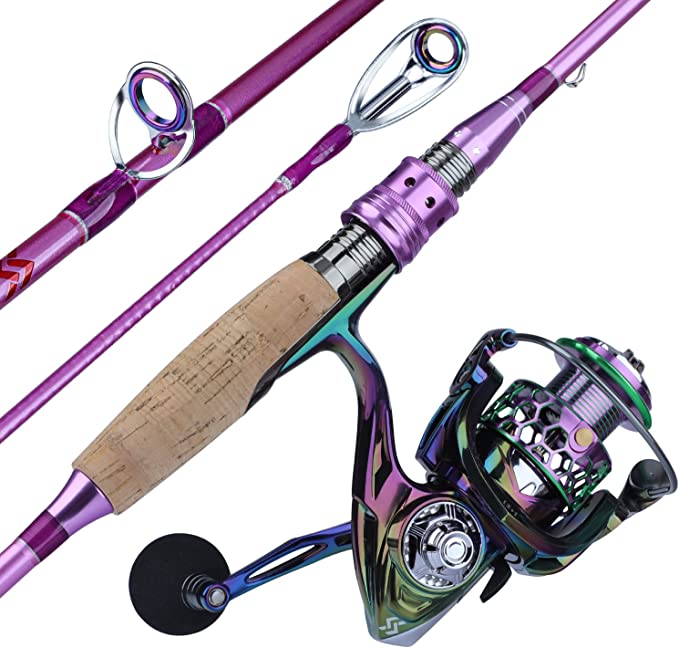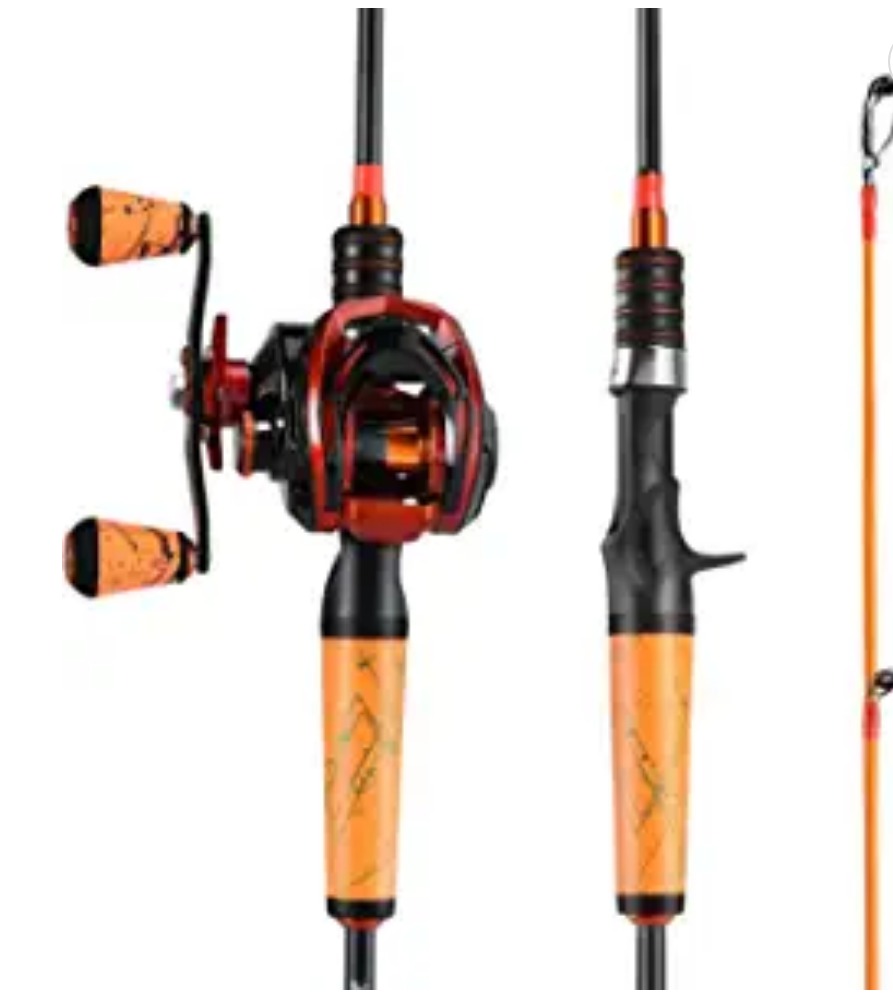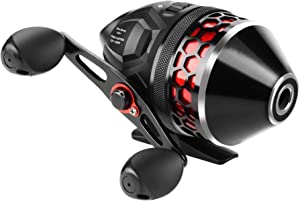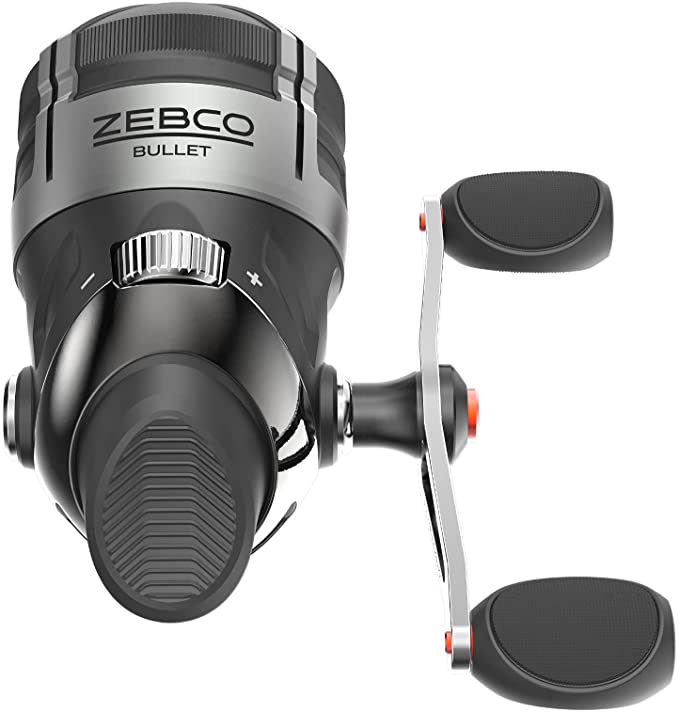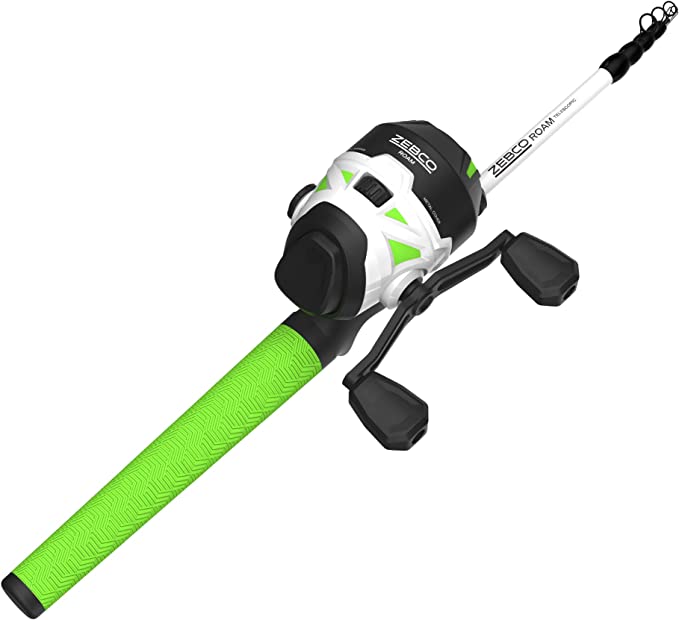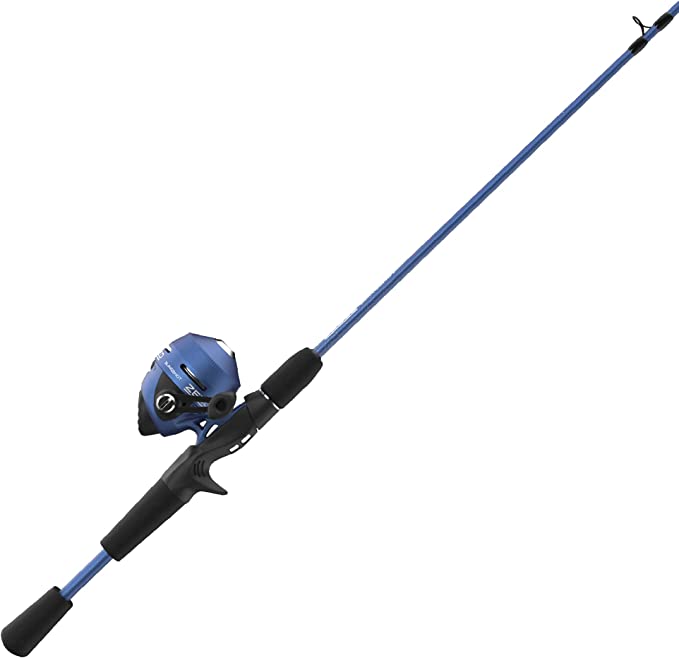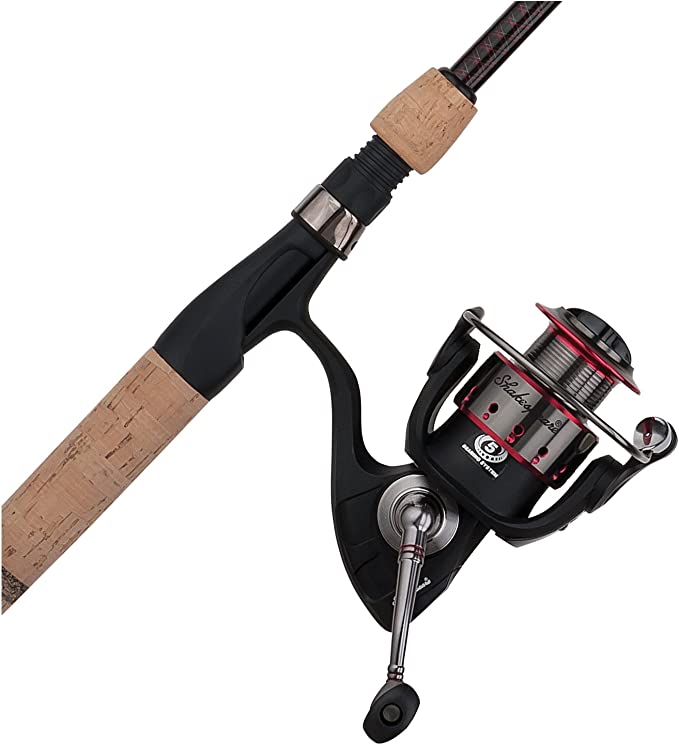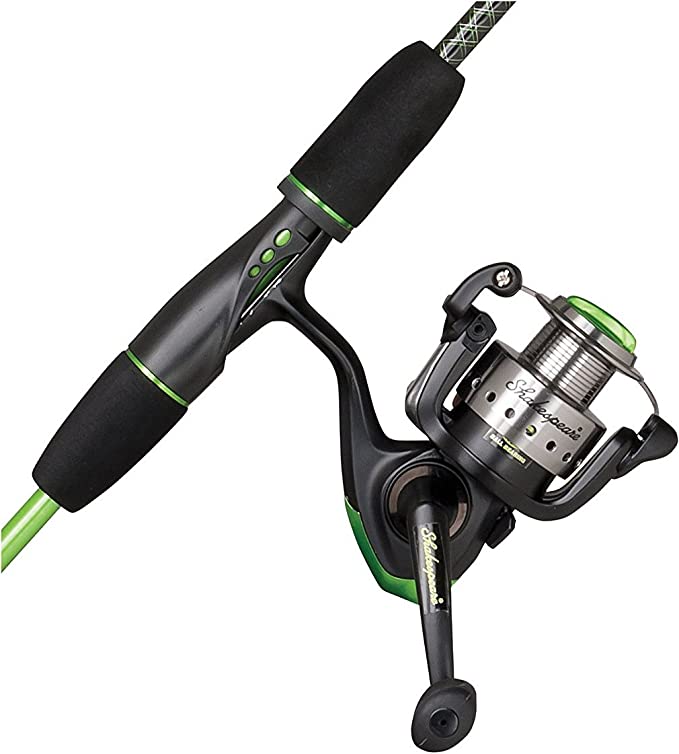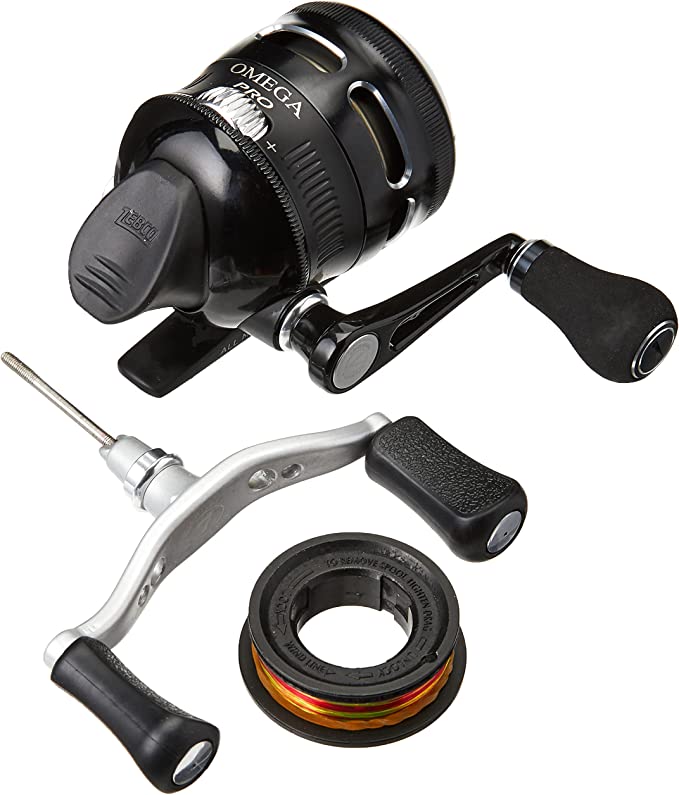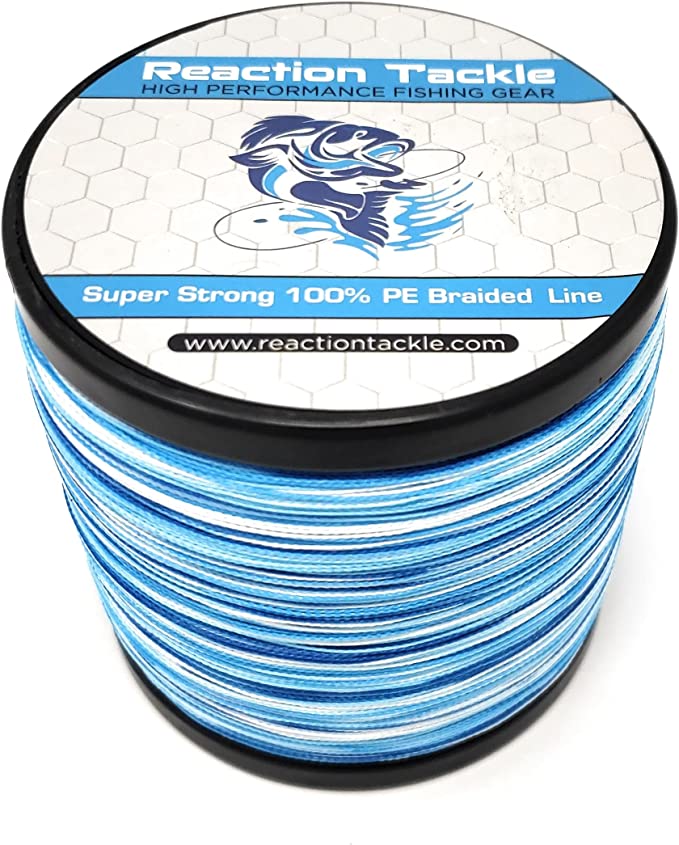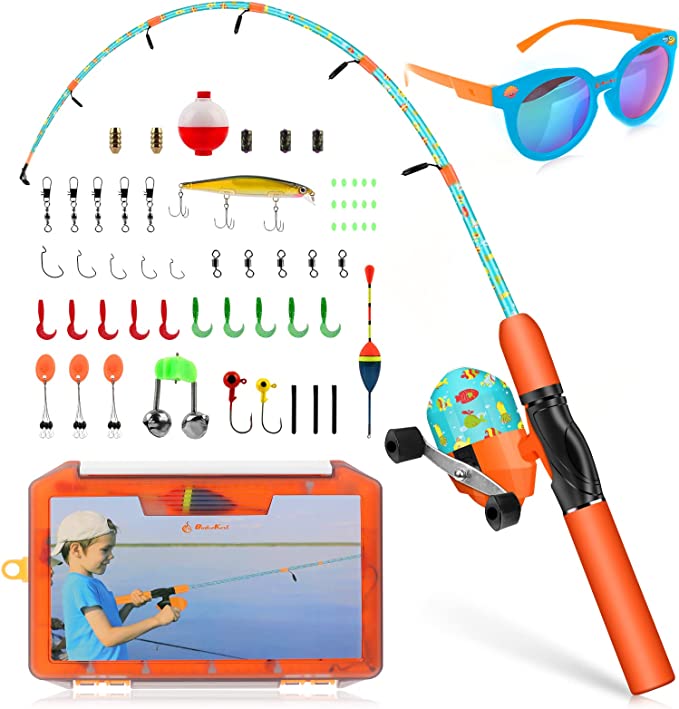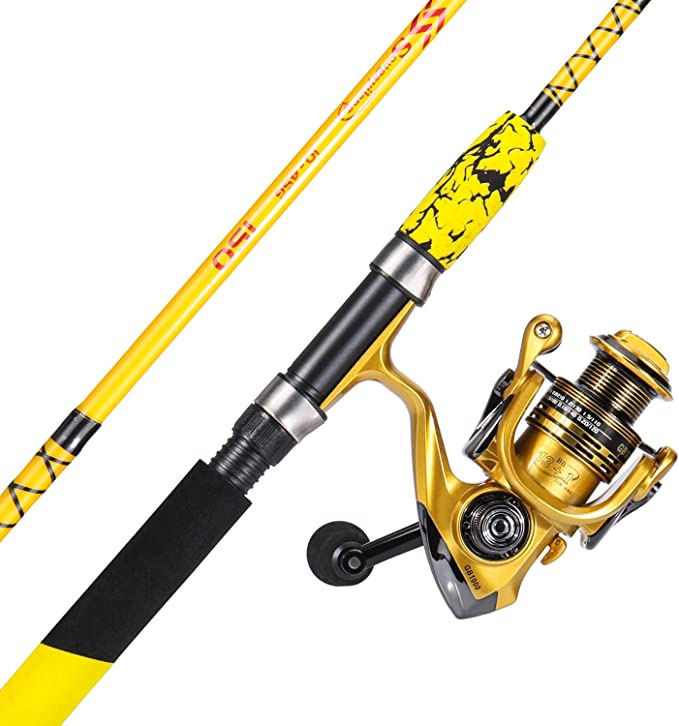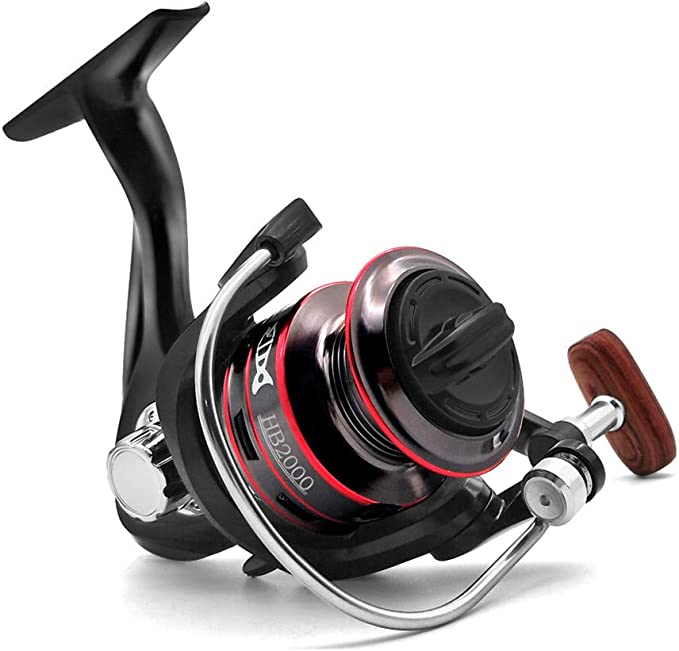The Cast Unwound: How Engineering Shaped the Humble Spincast Fishing Reel
Update on Aug. 2, 2025, 6:18 a.m.
Picture a classic scene from the golden age of outdoor recreation: a family by a sun-dappled lake, a parent teaching a child to fish. The tool in the child’s hand is not a complex web of levers and exposed line, but a simple, enclosed reel with a single, inviting button on the back. This was the promise of the spincast reel, an invention born in the post-war boom of the late 1940s. Conceived by Texas watchmaker R.D. Hull and famously commercialized by the Zero Hour Bomb Company (Zebco), the “push-button” reel was a revolutionary piece of technology. Its mission was simple: to democratize fishing by removing the intimidating learning curve of its predecessors.
That spirit of accessible engineering lives on, but beneath the deceptively simple exterior of a modern spincast reel lies a half-century of refinement. It has evolved from a simple convenience into a sophisticated machine. Using the WataChamp Bees Spincast Fishing Reel as our specimen, let’s unwind the journey of a single cast to reveal the elegant blend of physics, material science, and human-centered design hidden within.
The Anatomy of a Cast: A Journey in Three Acts
Every fishing trip is a story told in a series of casts. Each one is a brief, intense cycle of stored energy, high-speed mechanics, and controlled force. Let’s break down that story.
Act I: The Launch - The Physics of Potential Energy
Your journey begins with a press of the thumb. That simple, satisfying click engages the reel’s casting system. Inside the front cone, a soft rubber pad presses against the line, holding it securely. This is a moment of stored potential energy, with the rod bent back like a loaded spring. When you swing the rod forward and release the button at the precise moment, that energy is unleashed.
The line shoots forward, uncoiling from the spool. Here, the design of the front cone is critical. Its conical shape and polished steel eyelet are engineered to act as a funnel, guiding the line out with minimal resistance. Every bit of friction here would rob your cast of distance and accuracy. The goal is to create a near-frictionless exit path, allowing the lure’s momentum to carry it gracefully across the water. It’s a beautiful, fleeting example of converting potential energy into kinetic energy, all initiated by that single press.
Act II: The Crank - The Science of a Swift Retrieve
Once your lure hits the water, the reel’s second act begins. You turn the handle, and here, we encounter the heart of the machine: the gearbox. The WataChamp Bees features a 4.3:1 gear ratio. Think of this like the gears on a bicycle. It means for every one complete rotation of your hand on the handle, the internal spool spins 4.3 times, devouring up to 26.5 inches of line. This mechanical advantage is what gives the reel its “high-speed” characteristic, allowing you to quickly pick up slack or keep pace with a fast-moving fish.
But this speed would be useless if it felt like cranking a coffee grinder. The silk-smooth sensation comes from the 5+1 S.S.D. (Super Smooth and Durable) ball bearing system. These tiny steel spheres are engineering marvels designed to conquer friction. They replace the high-resistance sliding of metal on metal with low-resistance rolling, ensuring the power from your hand flows efficiently to the spool. The use of stainless steel is a deliberate choice in material science; its chromium content forms an invisible, self-healing layer of oxide that resists rust, making the reel a reliable partner in both freshwater and humid saltwater air.
As you begin to crank, the reel must solve a classic spincast problem: grabbing a line that might be completely slack. The Bees reel addresses this with its dual pickup roller pins. Instead of a single pin hoping to snag the line, two pins double the opportunity. More cleverly, each stainless steel pin is sleeved with a roller. This allows the line to be gathered by a rolling motion, not a scraping one, drastically reducing wear and tear on your monofilament line over hundreds of casts.
Act III: The Battle - Materials Under Pressure
Suddenly, the line goes taut. A fish has struck. Now, the reel transforms from a casting and retrieving tool into a fighting machine, and its material integrity is put to the test. As the fish surges, pulling line, you’re not just holding on; you’re managing a dynamic force via the drag system.
The drag is an internal clutch, and in this reel, it’s made of carbon washers. When the fish pulls harder than the drag setting, these washers slip against each other, releasing line in a smooth, controlled manner. Why carbon? Because friction creates intense heat. Lesser materials can glaze over or compress when hot, causing the drag to become jerky and unreliable—a primary cause of snapped lines. Carbon fiber is exceptionally stable at high temperatures, ensuring that the pressure remains consistent and predictable, giving you the control to tire the fish without breaking the line.
Simultaneously, the entire graphite body of the reel is under stress. Graphite, a polymer composite, is used for its remarkable strength-to-weight ratio. It provides the rigid frame needed to keep the internal gears perfectly aligned under load, yet it remains light enough at 8.7 ounces to prevent fatigue. It’s the same design philosophy found in modern tennis rackets and aircraft components: maximum performance for minimum weight.
The Human Element: Engineering for the Angler
Beyond the physics and chemistry, great design is always about the user. The ability to switch the handle to either the left or right side makes the reel truly ambidextrous. The soft EVA handle knob provides a comfortable, non-slip grip even when wet. The screw that secures the handle is tucked inside the body, so it never rubs against your palm. These are not headline features, but they are the thoughtful, ergonomic details that separate a merely functional tool from a truly enjoyable one.
From its origins as a simple device to make fishing easier, the spincast reel has become a testament to refined engineering. It demonstrates how a deep understanding of mechanical principles and material properties can be harnessed to create a tool that is not only powerful and efficient but also intuitive and joyful to use. The best technology, after all, does not complicate; it empowers. It fades into the background, allowing you to connect more deeply not just with your equipment, but with the quiet thrill of the sport itself.
